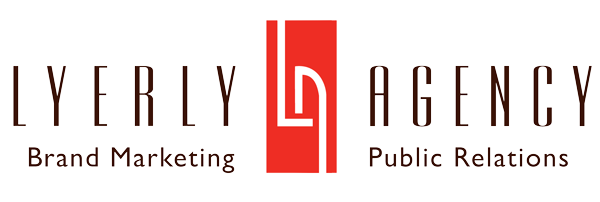As published by The Gaston Gazette:
(1/31/16) BELMONT, N.C. – In July 2007, then-Senator Hillary Clinton addressed her peers on the Senate floor about the excessive cost of higher education. She wore a pink jacket over a black V-neck shirt that plunged just low enough to reveal a peek of her cleavage. And it was her cleavage, not her higher education message, which made headlines.
In Lillian Brown’s book, Your Public Best: The Complete Personal Appearance and Media Training Guide, she notes, “If your appearance is attractive, you can get an audience on your side before you have even said a word.” Never underestimate how the TV camera sees you. If you look uncomfortable, outrageous or even overly sensual, your appearance will receive far more attention than anything you say. Here are a few tips to help you dress your best for the television spotlight:
- Location, location, location. Will you be interviewed outdoors? Or indoors on a set? What are the set’s background colors? BBC One’s The Graham Norton Show features an electric red sofa against a predominantly bright orange background. Guests who wear reds or shades of orange tend to disappear into the set’s sea of hot colors. It’s the “floating head” effect. If you’re unfamiliar with the program or location where your interview will take place, get as many details as possible ahead of time. And consider the nature of your interview. Normally a CEO will dress in sharp business attire – but if you’re a CEO featured for supporting a fundraising 5K race, you’d look odd being interviewed in a suit at the finish line. Dress for the occasion. Extra tip: Always bring an alternate outfit just in case there are last-minute location changes. It happens.
- Mind the laws of color. When viewed through a camera lens, the normal rules of color don’t apply. Black makes you look more wide than slim since it eliminates contrast. White has a tendency to glow on camera and red can appear alarmingly bright. If you’re not sure what to wear, try light blue. It’s the go-to, looks-good-on-most-anyone color and pastels are typically a safe bet, too. There are, however, a few exceptions (all rules have a degree of flexibility, right?). If the public associates your brand with a particular color, then go for it. For example, many executives and volunteers with the American Red Cross wear red for events since the color is heavily tied to the brand. In the end, be color-conservative and use your best judgement. Extra tip: No plaids, stripes, checks or herringbone patterns … in any color. They tend to vibrate on camera.
- Follow good wardrobe etiquette. If you want to be heard, look like a pro. Your clothes should be clean and wrinkle-free – no spots, blotches or baby spit up (this is when that spare outfit comes in handy). Ladies, bear in mind that a knee-length skirt gets a lot shorter – and potentially distracting – as soon as you sit down. When in doubt, wear slacks. Also, make sure your top has a spot to attach a microphone, and avoid ruffles and those aforementioned low necklines. Gentlemen, you should have about an inch of shirt cuff showing from your jacket sleeve. If you cross your legs, wear over-the-calf socks and leave the stuffy vest for another occasion. As a final note for both genders, this isn’t the time to try humorous clothing choices or to go logo loco. If you want to promote a nonprofit or your organization, a lapel pin will do just fine. Extra tip: If you haven’t worn your interview outfit in a while, give it a pre-interview test run to make sure it still fits perfectly.
- All that glitters isn’t gold. The camera lens has an uncommon attraction to shiny, glaring things – to the detriment of your interview. Dangling earrings, flashy rings and accessories that make noise (i.e., charm bracelets) are all distractions to the viewing audience. Even eyeglasses and watches fall prey to the camera’s fondness for glare. Extra tip: Ladies, it’s a good idea to tone down your nail polish, too. Best bets are clear or pale pink lacquer.
- And speaking of shine … powder is your best friend (fellas, this applies to you, too). Unless you want your nose, chin, forehead and bald spot to look like glowing beacons of light, give power to the powder. According to Brown, “Makeup has only one purpose: to enhance your natural beauty. It should maximize your good features and subtly diminish any problem areas. Your makeup should be a miracle of understatement and should not attract attention to itself.” A case in point is Tammy Faye Baker. Most people remember her makeup and not her messages. Extra tip: Ladies, use a matte lipstick versus a shimmery gloss.
Granted, the rise of high definition television has helped soften the rules to an extent – shapes and colors are more defined – but in other ways, HD has made the rules more important. Even the tiniest flaws are amplified for the world to see. But with thoughtful preparation, you can make the most of your TV interview appearance. As Coco Chanel said, it’s always better to be slightly underdressed. Follow her advice and ours, and your message will be heard loud and clear.
Lyerly Agency’s President and CEO Elaine Lyerly and Executive Vice President and COO Melia Lyerly share their 35+ years of marketing, advertising, public relations and brand strategy experience with readers each month in a column published by The Gaston Gazette.
